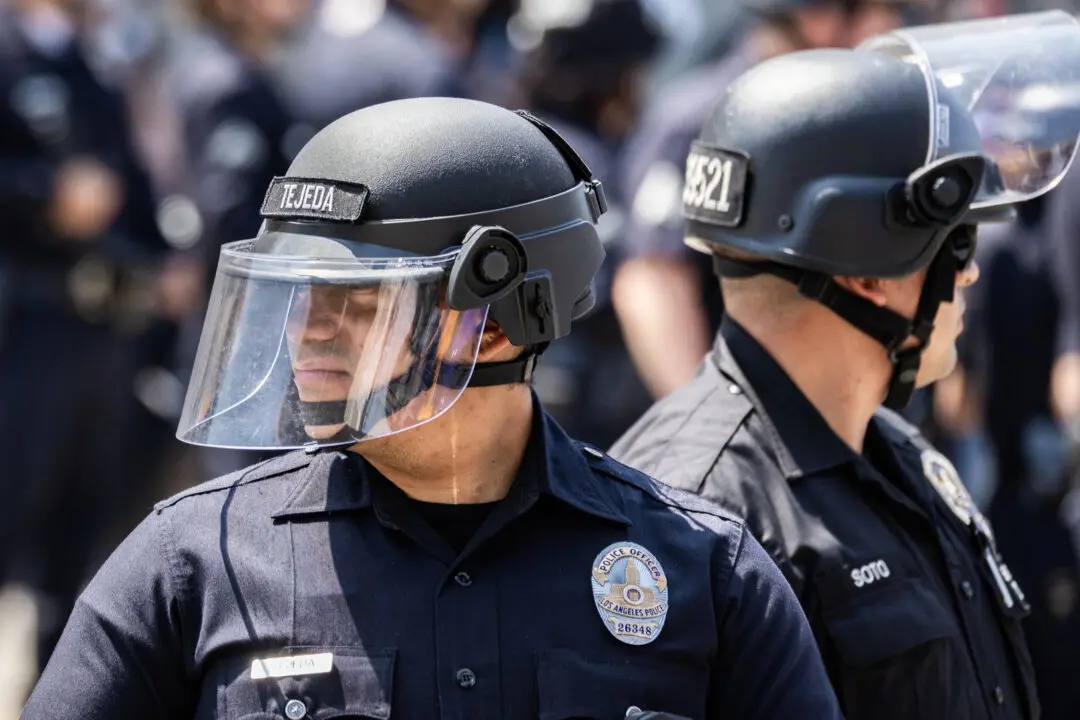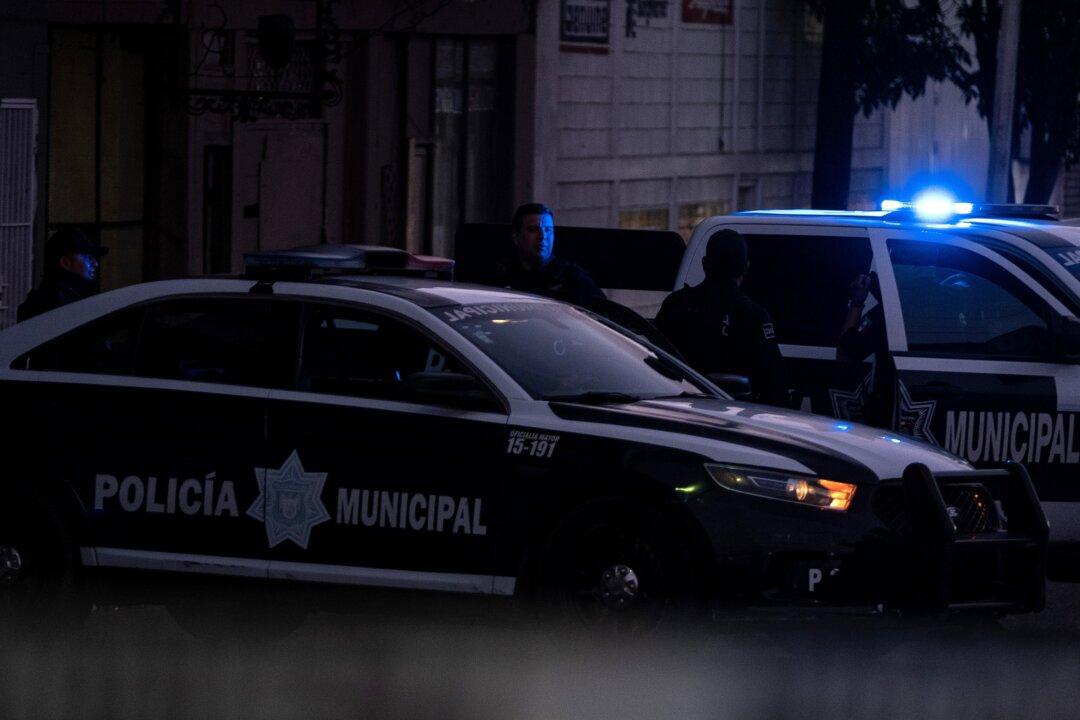A 46-year-old man was convicted on May 25 of killing his lover’s husband in Westminster nine years ago so the couple could be together and cash in on the victim’s assets.
Robert Rafael Saavedra Gallardo was convicted of murder with a special-circumstance allegation of murder for financial gain. Jurors deliberated for about 90 minutes before reaching the verdict.





